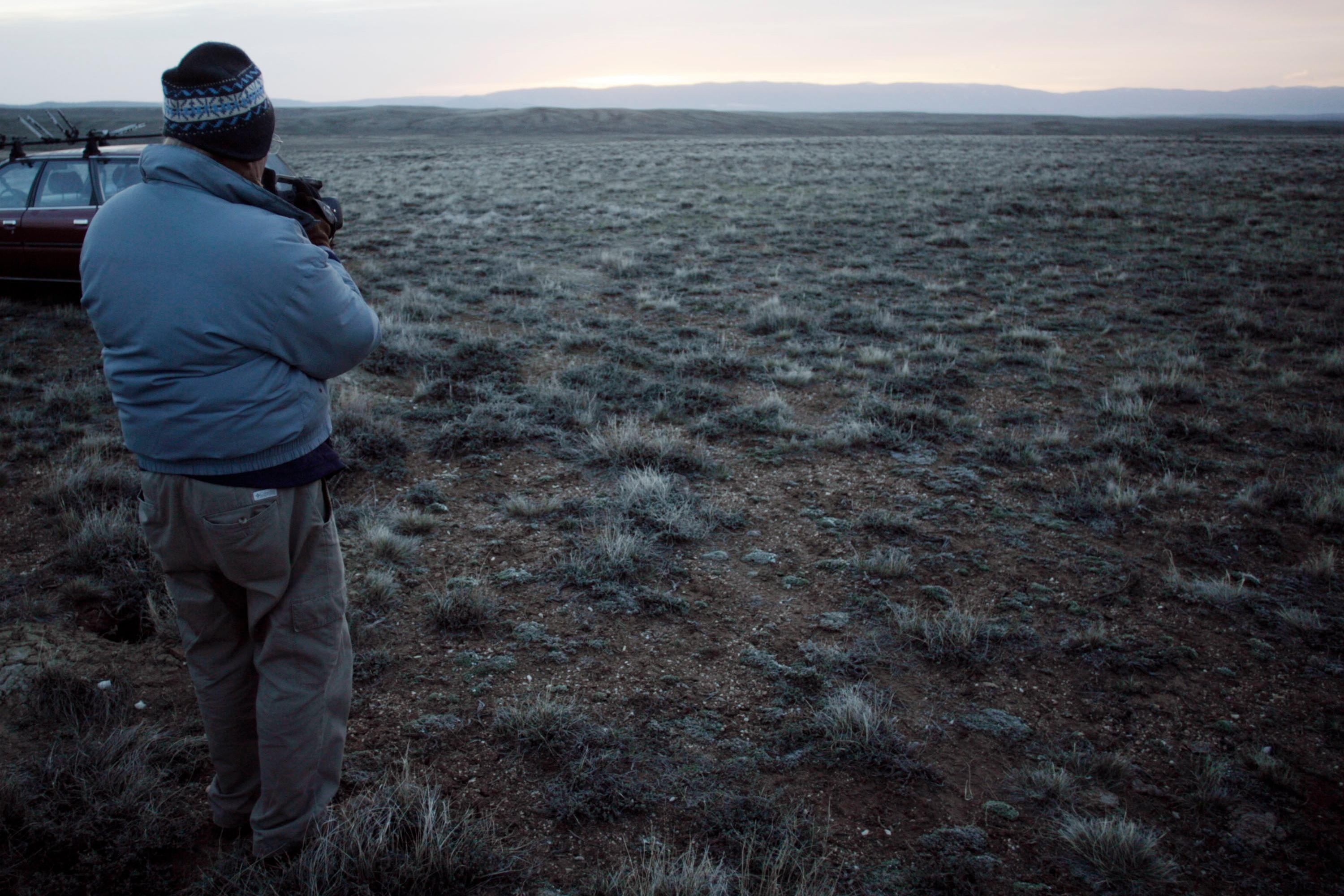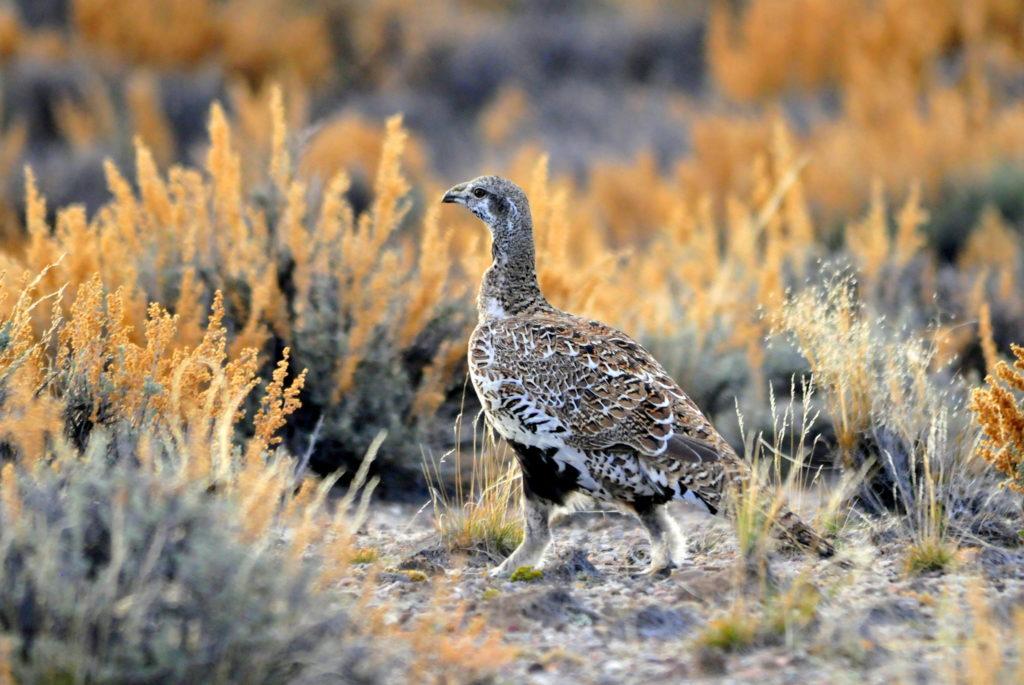
Sagebrush, that iconic low bush you see in growing wild throughout the West, may look unremarkable.
But it’s an environmental powerhouse. Sagebrush, which makes up the largest interconnected habitat in America, is vital for the survival of 350 species of plants and animals
And the plant is in trouble.
Steven Maleski of Fort Collins noticed the problem this summer in southwestern Colorado and asked Colorado Wonders about it.

“There are thousands of acres of dead sagebrush all around Hovenweep (National Monument) and Canyons of the Ancients,’’ Maleski said.
He is right. About 50 percent of sagebrush habitat across the West has been wiped out over the years, according to Audubon Rockies, one of many agencies working on a conservation initiative to save what’s left.
Wildlife biologist Marcella Tarantino of Bird Conservancy of the Rockies is part of that effort, too. She works in conjunction with the U.S. Department of Agriculture to advise private landowners on conservation techniques.
Drought, urban and energy development, damaging grazing practices and climate change are all taking their toll on sagebrush, Tarantino said. The threat has led environmental organizations and government agencies across the west to participate in the Sagebrush Ecosystem Initiative.
“Historically, sagebrush was actually written into a book called ‘The Weeds of the West,’ even though it's a native plant,” Tarantino said. “But it was considered kind of a trash plant. There was a lot of mowing or burning to try to get rid of sagebrush.”
Sagebrush is home to many birds and other animals, Tarantino said, including the sage grouse, a species that is in decline. The vegetation serves as food for many species, and because it’s so low to the ground, it traps snow that provides water for them. When sagebrush sheds leaves, they improve the soil for other plants. Sage grouse chicks huddle under it for protection from predators. Pronghorn and mule deer eat sagebrush through the winter.

Humans also benefit from sagebrush because, like many plants, it helps scrub carbon from the atmosphere.
And there’s not just one species of sagebrush.
“In Colorado alone, we have about 20 species of sagebrush,” Tarantino said. “And different wildlife species use different plant species in different ways as far as food or cover goes.”
Sagebrush also has a complex way of communicating, Tarantino said. The plants, which are connected like aspen trees, can talk to each other through hundreds of chemicals. For instance, if a sagebrush is crushed, it releases a compound called camphor that smells and tastes like Vicks VapoRub.
“It's a kind of olfactory message to other sagebrush,” Tarantino said. “Once they get that message, they'll all start to increase their production of those chemicals. They're really, really bitter ... and that's what's used to deter other herbivores.”
Tarantino hopes the Sagebrush Ecosystem Initiative can help more landowners grow to appreciate sagebrush and let the plant thrive on their property.
“I think there are still some people who don't like it and try to get rid of it,” she said. “But I would say, by and large, most of the landowners now are pretty aware of the value of it.”









